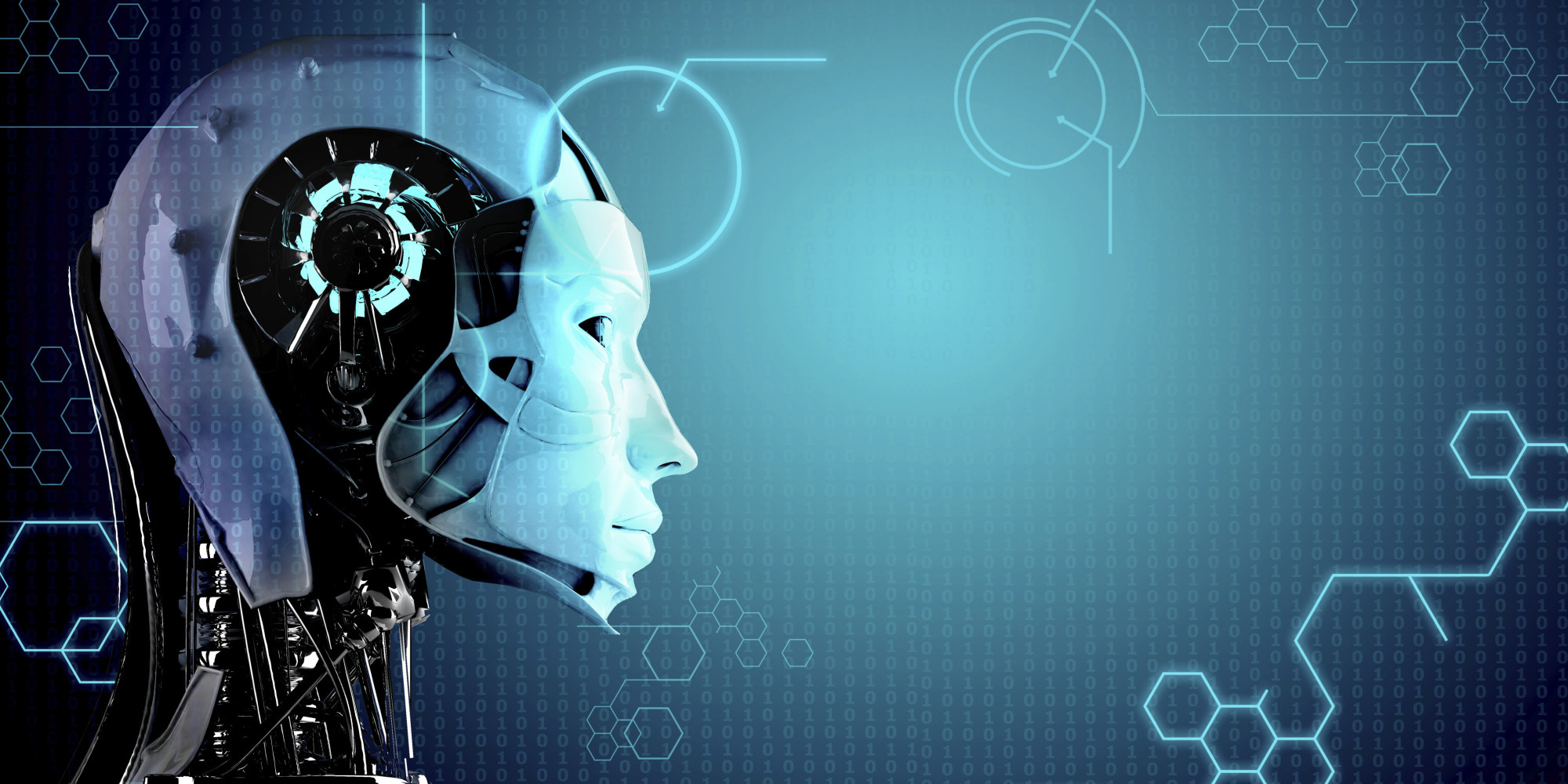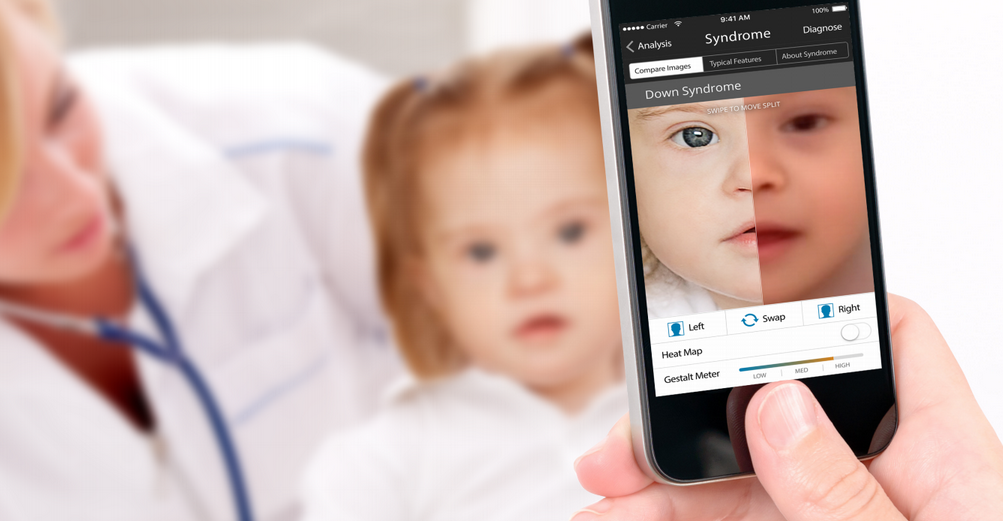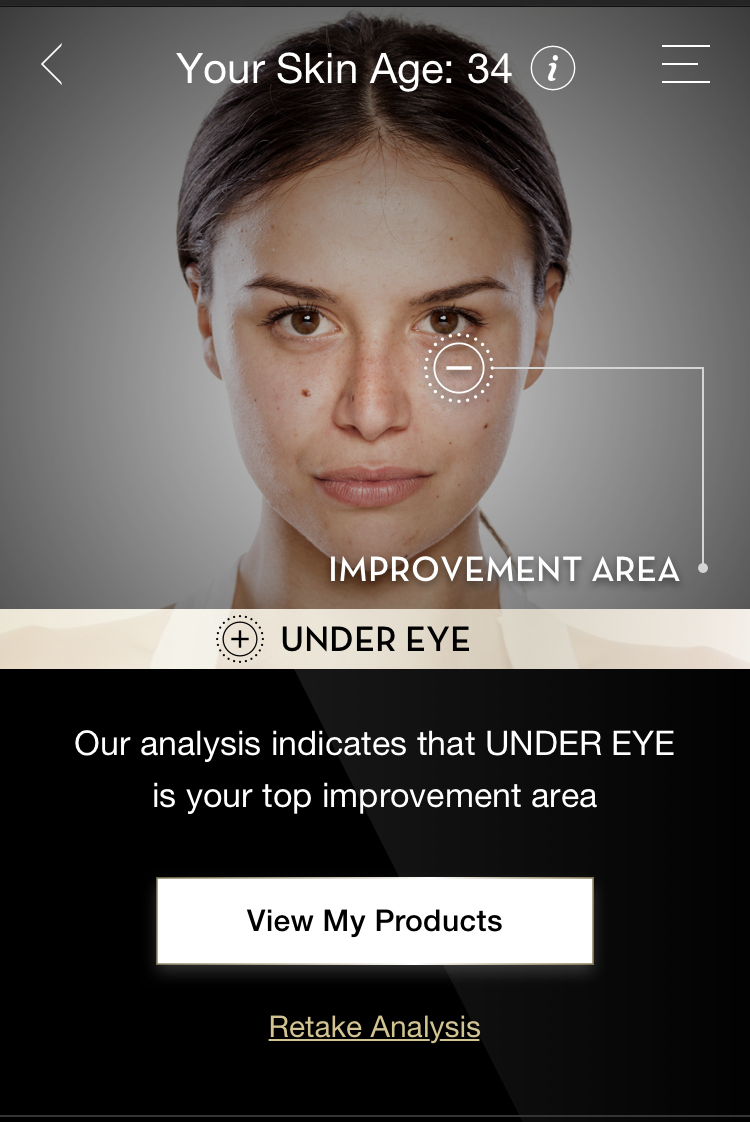One of other things Artificial Intelligence has laid its hands on is the way you brush your teeth – with the Connected Electric Toothbrush by Kolibree it got a lot smarter. Brushing habits of many people are rather not matching the ideal criteria provided by their dentists, hence this AI-powered device will be able to tell you where exactly you need to improve.
The Ara toothbrush by Kolibree is using 3D motion sensors (accelerometers, gyroscopes and even a magnetometer) to check which parts of your mouth are already clean and which were neglected. Using Bluetooth, it then sends the data to your smartphone app and even sends you weekly reports regarding your progress.
While the smart toothbrush itself is not very new to the market, The Ara by Kolibree is actually extremely family-friendly. To encourage those who are not that convinced of clean mouth benefits (that being kids), the company is currently putting a large focus on game development and transforming brushing teeth into a fun and entertaining event. While brushing their teeth, kids are also simultaneously playing a game, in which the Kolibree Smart Guide shows them the areas to brush in real-time in order to earn points, this way encouraging the youngest part of the society to this beautiful activity 🙂

Picture – Kolibree.com
The toothbrush retails for $130, and the 3 interchangeable Brush Heads for another $25.




